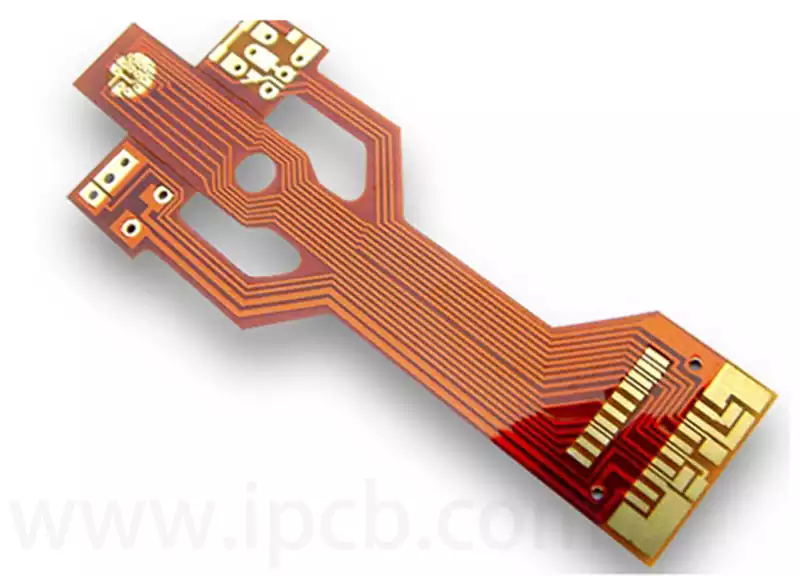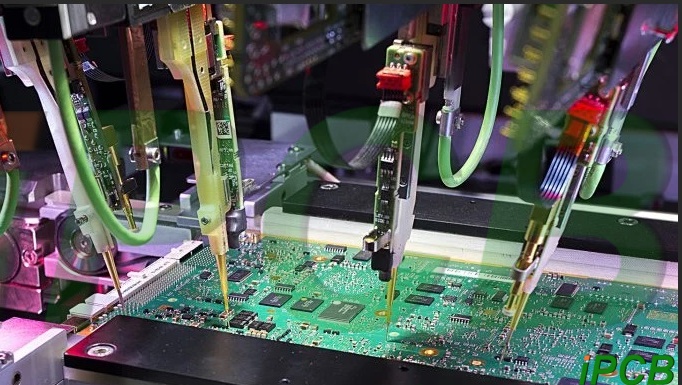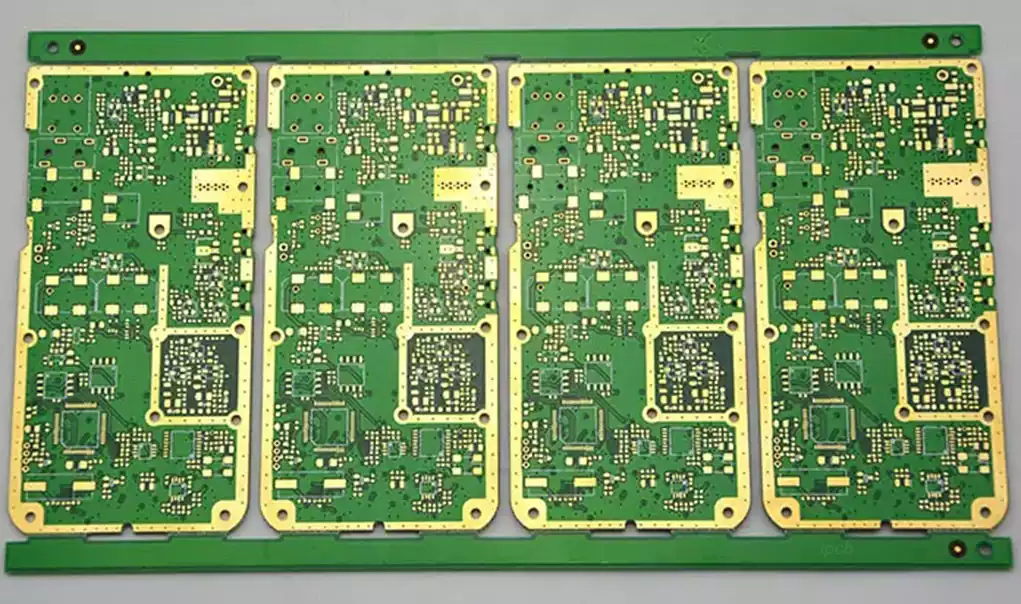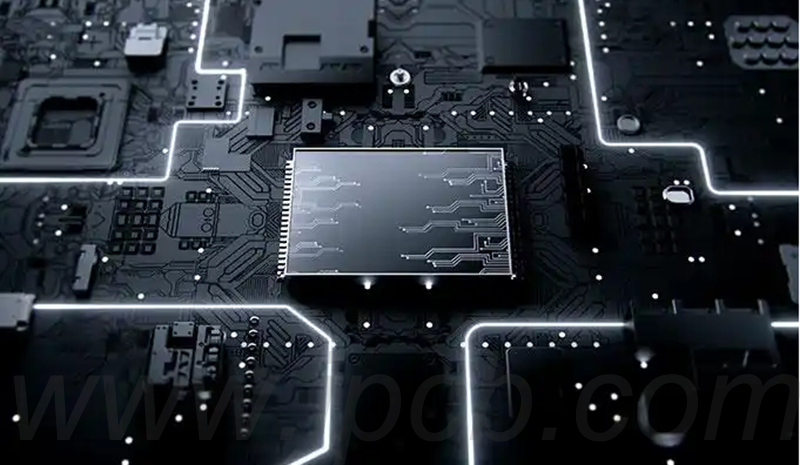A PCB board layer typically refers to the number of conductive layers within a printed circuit board (PCB). These conductive layers are made of copper foil and are a critical component for establishing electrical connections between electronic components. The design of the number of layers in a PCB directly impacts its performance, cost, and application scope.
General principles for arranging pcb board layer:
1.Determining the layer stacking structure of a multilayer circuit board involves considering a number of factors. From a routing perspective, more layers facilitate routing but also increase manufacturing costs and complexity. For manufacturers, the symmetry of the layer stack-up is a key consideration during PCB production, so the choice of layer count must balance various requirements to achieve optimal performance. Experienced designers typically analyse routing bottlenecks after completing the preliminary component layout. Combine analysis of the PCB’s routing density using other EDA tools; then determine the number of signal layers based on the quantity and types of signal lines with special routing requirements, such as differential lines and sensitive signal lines; finally, determine the number of internal power layers based on the type of power supply and requirements for isolation and interference suppression. This process essentially determines the total number of pcb board layers.
2.The component side (second layer) is the ground plane, providing a shielding layer for components and a reference plane for top-layer routing; sensitive signal layers should be adjacent to an inner power/ground layer, utilising the large copper film of the inner layer to provide shielding for the signal layer. High-speed signal transmission layers in the circuit should be signal intermediate layers, sandwiched between two inner layers. This arrangement allows the copper layers of the two internal power/ground layers to provide electromagnetic shielding for high-speed signal transmission while effectively confining the radiation of high-speed signals between the two internal power/ground layers, preventing interference with external components.
3.All signal layers should be adjacent to the ground plane whenever possible;
4.Avoid placing two signal layers directly adjacent to each other; adjacent signal layers can introduce crosstalk, leading to circuit malfunction. Inserting a ground plane between two signal layers can effectively prevent crosstalk.
5.The main power supply should be as close as possible to its corresponding ground plane;
6.Consider layer structure symmetry.
7.For board-level operating frequencies above 50 MHz (for frequencies below 50 MHz, the principles may be appropriately relaxed). Recommended layout principles: the component side and solder side should form a complete ground plane (shielding); no adjacent parallel wiring layers; All signal layers should be adjacent to the ground plane as much as possible; critical signals should be adjacent to the ground layer and should not cross partition zones. Note: When setting up specific PCB board layers, the above principles should be applied flexibly. Based on an understanding of these principles, the layer layout should be determined according to the actual requirements of the single board, such as whether a critical routing layer, power supply, or ground plane partitioning is needed. Avoid rigidly applying the principles or fixating on a single point.
8.Multiple grounded inner layers can effectively reduce ground impedance. For example, using separate ground planes for A signal pcb board layer and B signal layer can effectively reduce common-mode interference.
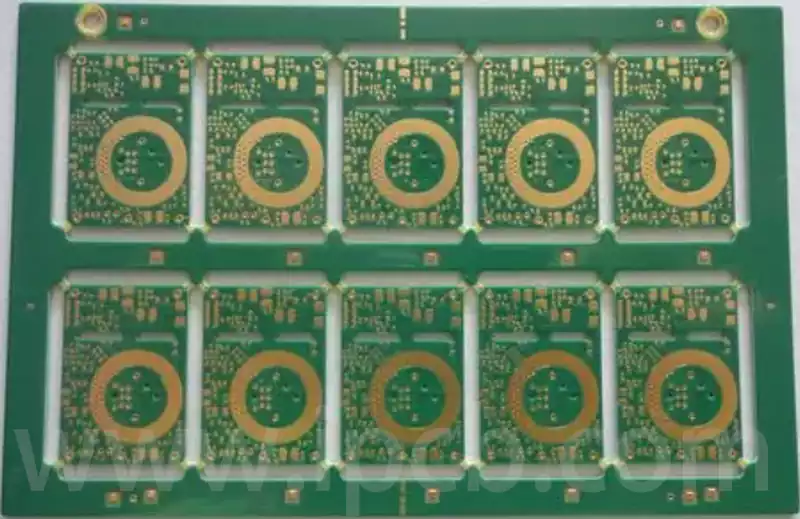
Why are the number of pcb board layer in multilayer circuit boards typically even rather than odd? Currently, there are PCBs with over 100 layers, and the ones we commonly encounter are also mostly even-layered PCBs. So why are even-layered PCBs more common than odd-layered ones?
- Lower cost
Due to one fewer layer of dielectric material and foil, the raw material cost of odd-numbered layer PCBs is slightly lower than that of even-numbered layer PCBs. However, the processing cost of odd-numbered layer PCBs is significantly higher than that of even-numbered layer PCBs. When the processing cost of inner layers is the same, the foil/core structure of odd-numbered layers significantly increases the processing cost of outer layers.
Odd-layer PCBs require the addition of non-standard laminating core layer bonding processes on top of the core structure process. Compared to core structures, factories that add foil to the core structure experience a decrease in production efficiency. Before lamination bonding, the outer core requires additional process handling, which increases the risk of outer layer scratches and etching errors.
- Balanced structure to prevent bending
Odd-numbered layer PCB designs are avoided because odd-numbered layer circuit boards are prone to bending. When the PCB cools after the multi-layer circuit bonding process, the different lamination stresses during cooling of the core structure and foil structure can cause the PCB to bend. As the PCB thickness increases, the risk of bending in composite PCBs with two different structures also increases. The key to eliminating PCB bending is to adopt a balanced laminate structure. Although PCBs with a certain degree of bending may meet specification requirements, subsequent processing efficiency will decrease, leading to increased costs. This is because special equipment and processes are required during assembly, and component placement accuracy decreases, thereby compromising quality.
In simple terms: in PCB manufacturing processes, four-layer boards are easier to control than three-layer boards, primarily in terms of symmetry. The warpage of four-layer boards can be controlled below 0.7% (IPC600 standard), but for larger three-layer boards, warpage may exceed this standard. This affects SMT placement and the overall reliability of the product. Therefore, designers generally avoid designing odd-numbered layer boards. Even if odd-numbered layers are required to achieve functionality, they will design them as pseudo-even-numbered layers, such as designing a five-layer board as a six-layer board or a seven-layer board as an eight-layer board.
Based on the above reasons, most multilayer circuit boards are designed with even-numbered layers, while odd-numbered layers are less common.
Designing PCB multilayer circuit boards with an even number of layers is the optimal choice under the balance of cost, process, and structure, better ensuring the performance and reliability of the circuit board.
